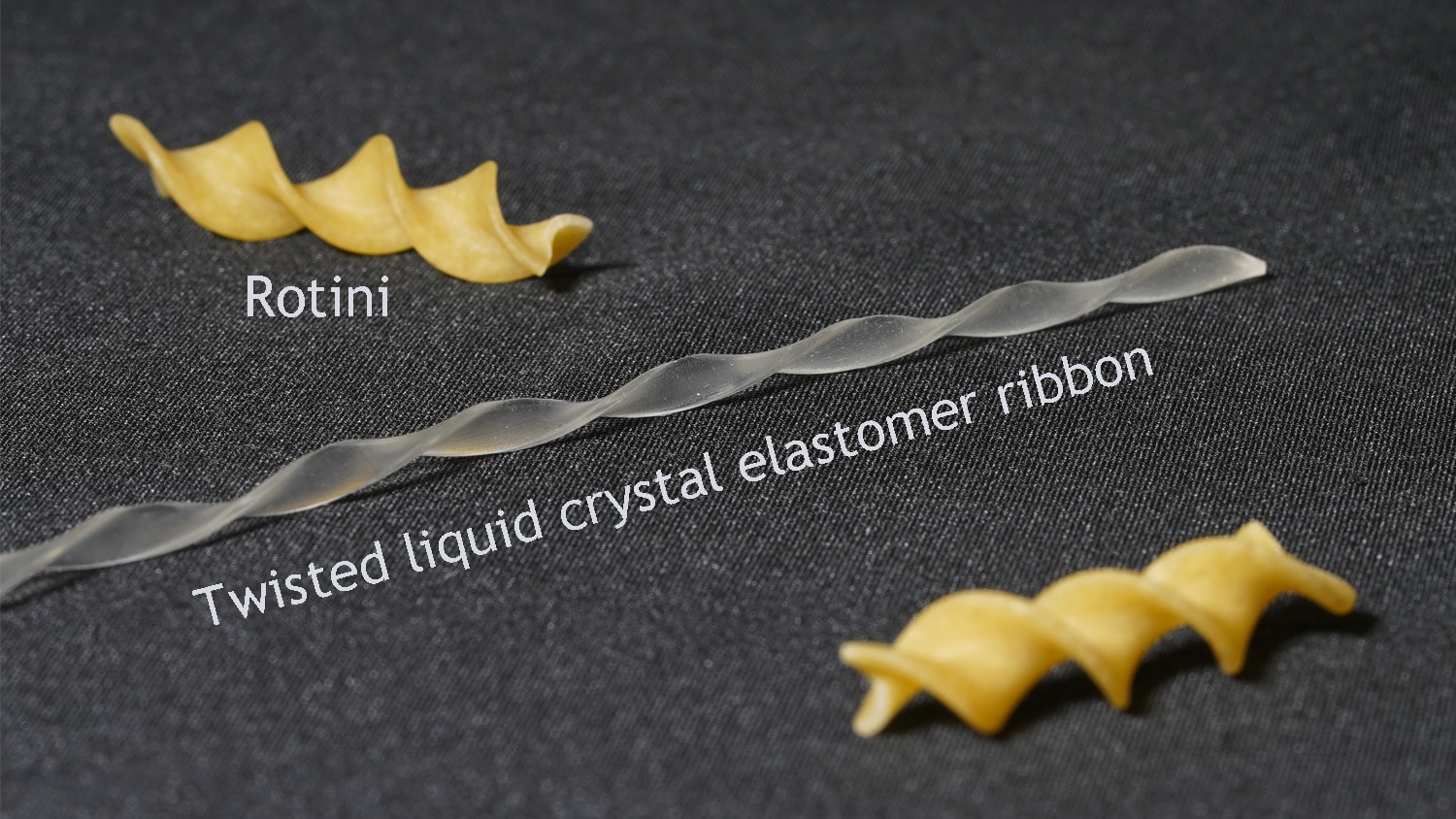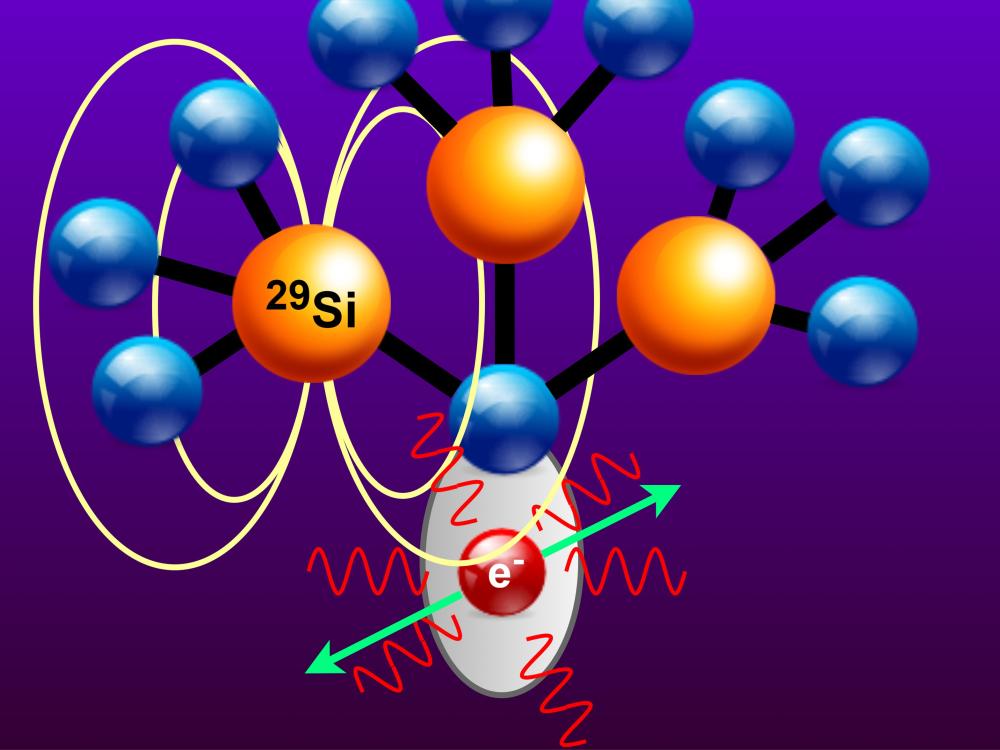2022-05-23 ノースカロライナ州立大学(NCState)
この新技術の成功の鍵の一つは、連続流のリアクターであることだ。このリアクターは、砂を詰めた薄い透明なチューブのようなものだ。この「砂」は、ミクロン単位の酸化チタンの粒で、その多くがロジウムでコーティングされている。水素を運ぶ液体は、チューブの片方の端に送り込まれる。ロジウムでコーティングされた粒子は、チューブの外側に並んでおり、太陽光が届くようになっている。この粒子は光反応触媒であり、太陽光が当たると、液体キャリアと反応して水素分子を気体として放出する。
研究チームは、酸化チタンの外側の粒子だけがロジウムでコーティングされるようにシステムを精密に設計し、必要以上のロジウムを使用しないようにした。
<関連情報>
- https://news.ncsu.edu/2022/05/making-hydrogen-fuel-cheaper/
- https://chemistry-europe.onlinelibrary.wiley.com/doi/full/10.1002/cssc.202200733
光触媒担体充填型フローリアクターによる液体有機キャリアーからの室温連続水素放出 Continuous Room-Temperature Hydrogen Release from Liquid Organic Carriers in a Photocatalytic Packed-Bed Flow Reactor
Malek Y. S. Ibrahim, Jeffrey A. Bennett, Milad Abolhasani
ChemSusChem Published:21 April 2022
DOI:https://doi.org/10.1002/cssc.202200733

Abstract
Despite the potential of hydrogen (H2) storage in liquid organic carriers to achieve carbon neutrality, the energy required for H2 release and the cost of catalyst recycling have hindered its large-scale adoption. In response, a photo flow reactor packed with rhodium (Rh)/titania (TiO2) photocatalyst was reported for the continuous and selective acceptorless dehydrogenation of 1,2,3,4-tetrahydroquinoline to H2 gas and quinoline under visible light irradiation at room temperature. The tradeoff between the reactor pressure drop and its photocatalytic surface area was resolved by selective in-situ photodeposition of Rh in the photo flow reactor post-packing on the outer surface of the TiO2 microparticles available to photon flux, thereby reducing the optimal Rh loading by 10 times compared to a batch reactor, while facilitating catalyst reuse and regeneration. An example of using quinoline as a hydrogen acceptor to lower the energy of the hydrogen production step was demonstrated via the water-gas shift reaction.



